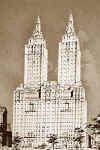 |
New York
Architecture Images-Upper West Side THE SAN REMO APARTMENTS |
|
architect |
Emery Roth |
|
location |
145-146 Central Park West |
|
date |
1930 |
|
style |
Art Deco, Neo-Classicism 2 |
|
construction |
steel frame, limestone The building is decorated with classical details. Its limestone base is rusticated, cartouches appear above the entrance, and choragic temples cap each of its towers. Generously-scaled and well arranged apartments speak to the affluence of the residents. The building is clad in light brown brick and terra-cotta, while the three-storey base has a limestone facing. The towers have tiered tops which terminate on colonnaded top lanterns, reminiscent of a temple and topped by copper finials. |
|
type |
Apartment Building |
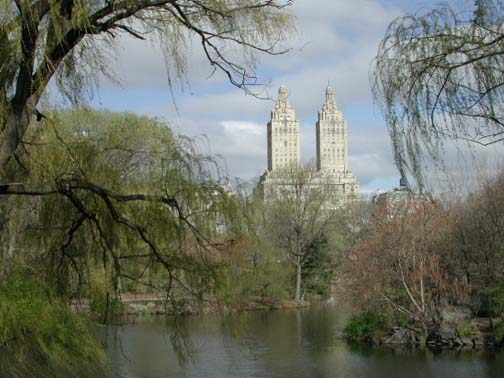 |
|
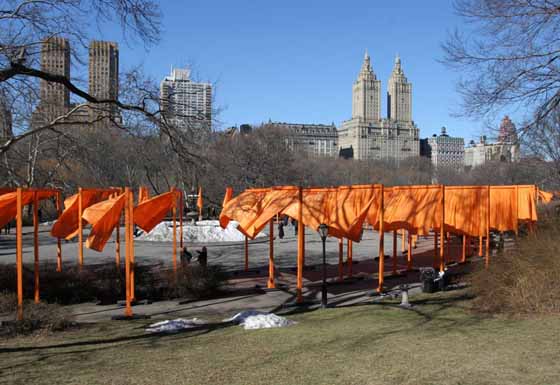 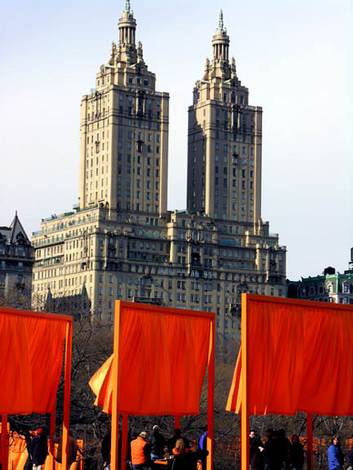 |
|
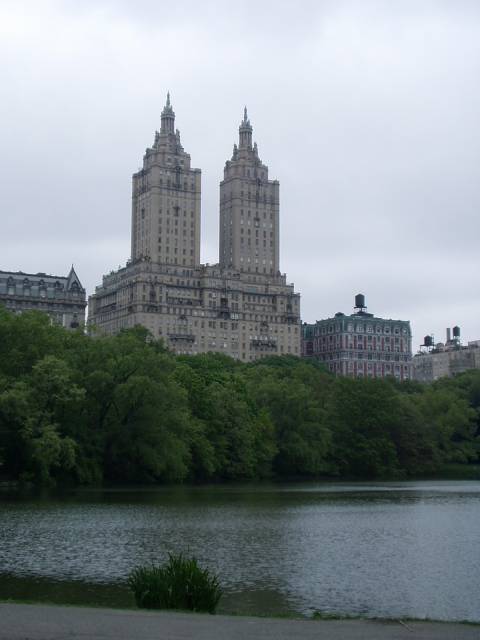 |
|
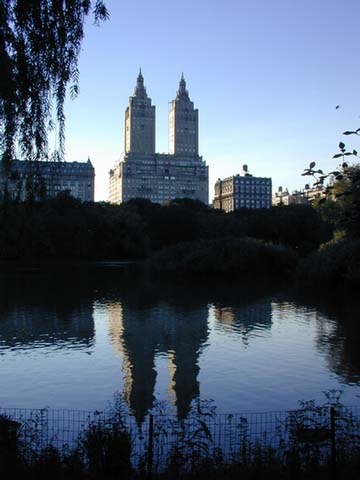 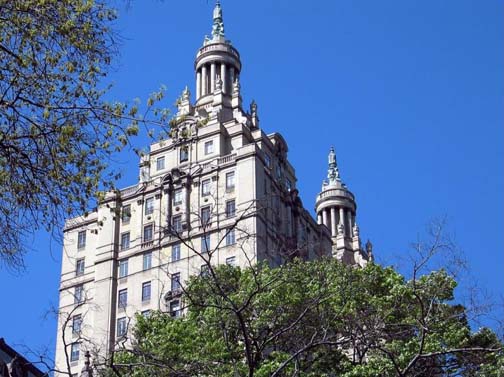 |
|
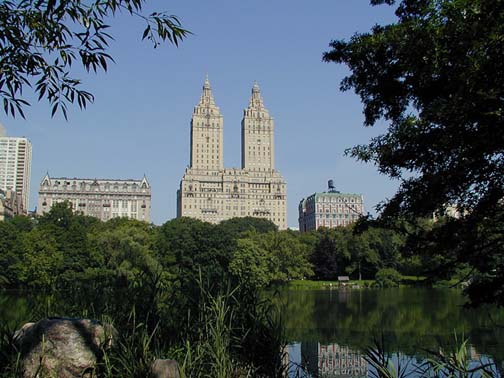 |
|
 |
|
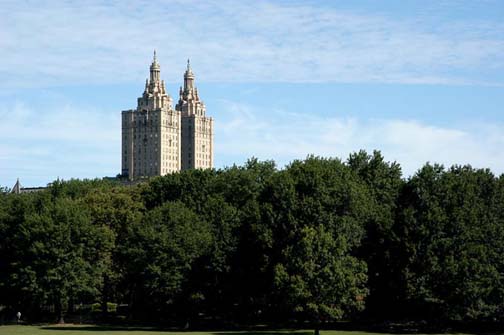 |
|
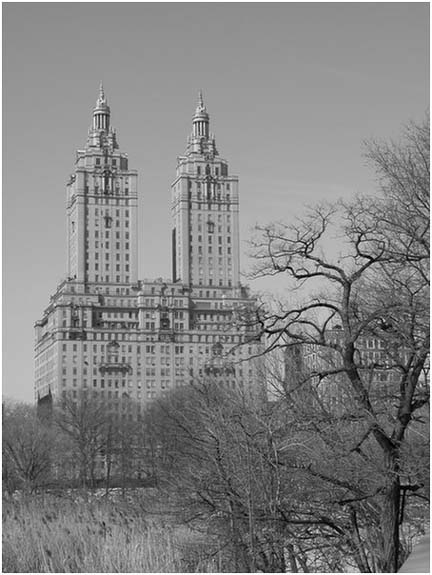 |
|
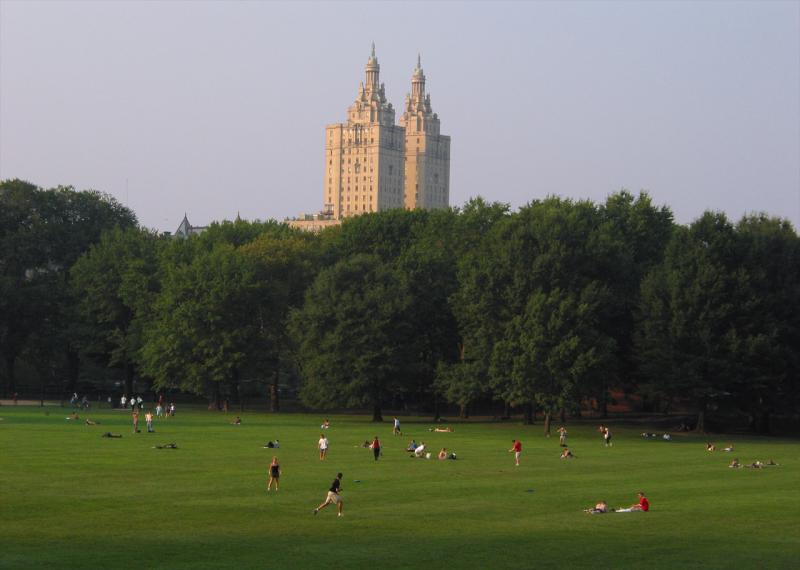 |
|
|
|
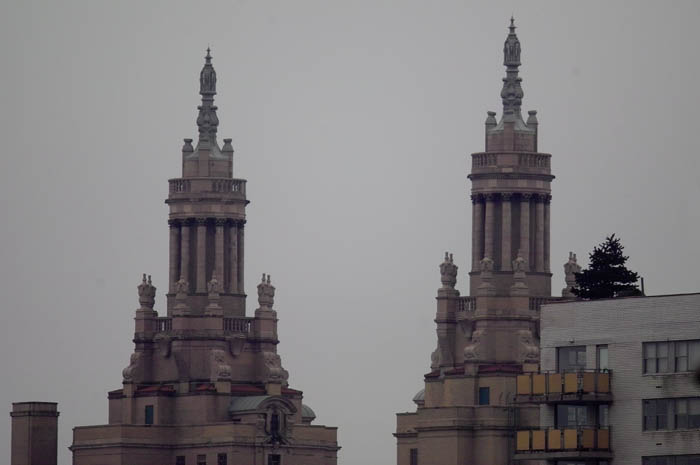 |
|
images |
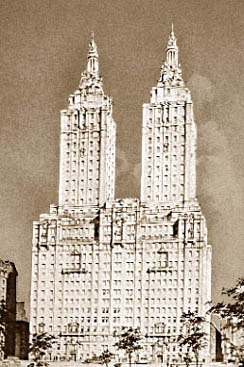 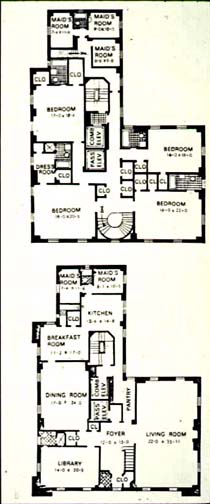 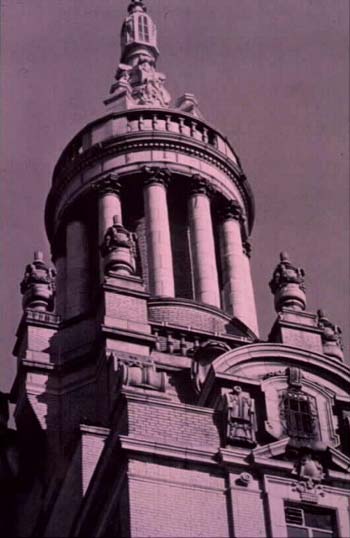 |
|
|
 |
 |
|
|
With its unusual profile dictated by the 1929
Multiple Dwelling Act, this twin-towered luxury apartment building is
one of four similar structures built on Central Park West during the
1930s. A 17-story main structure occupies a full city block while the
towers add another ten stories of apartments above. The building was originally planned with 122 apartments -- the towers, for example, differ in having two-storey apartments in the south tower and single floor ones in the north tower. Rita Hayworth lived here until her death in 1987. |
|
|
The San Remo (145 and 146 Central Park West) is a luxury co-operative
apartment building in New York City, two blocks north of the Dakota
building. It is described by Glen Justice of the New York Times as "a
dazzling two-tower building with captivating views of Central Park."[1]
As a housing cooperative, its board has a "reputation for lenient
admissions standards" compared to the conservative, old-money boards on
the other side of the park. Past and present residents of the building include such famous personalities as Steven Spielberg, Donna Karan, Steve Jobs, Demi Moore, Glenn Close, Dustin Hoffman, U2 frontman Bono, Steve Martin, Bruce Willis, Eddie Cantor, Robert Stigwood, Marshall Brickman, Jackie Leo, Don Hewitt, and Texas natural gas heiress Adelaide de Menil. Rita Hayworth spent her last years there. Apartments When the San Remo was originally designed, it had a wide range of relatively luxurious apartment configurations. The apartments were accessed from opulent lobbies which contained terrazzo floors, marble walls and custom light fixtures of bronze and frosted glass. The addresses of the building are 145 Central Park West and 146 Central Park West. There are two addresses because the building was designed such that each half of the structure (northern and southern) is served by that respective lobby. This avoided wasting space on the ground floor for long hallways connecting the lobbies. This architectural feature is shared by the Beresford. Most of the San Remo's first floor is used by the buildings' staff or leased out as doctors' offices. The base of the building The average apartment contained eight rooms spread over approximately 3,000 sq. feet. Ten and eleven foot ceilings were the norm. As originally designed, the lower 14 floors were typically divided into seven apartments - two apartments on each of the side street wings of the building and three apartments laid out along the front of the building facing Central Park West. There are numerous setbacks built into the far ends of each wing of the building, allowing for terraces for several of the units. The original layout of the Park-facing units was unusual; most full-block buildings on the avenue divided the park frontage into four units, not three. This allowed the San Remo's apartments to have very generous frontage along the park in addition to typically spacious interior layouts. The largest units on these lower levels were the C-line units, which occupied the southeast corner of each floor. The C-line apartments contained 620 sq. foot living rooms, 300 sq. foot libraries and 500 sq. foot dining rooms all facing the park. C-line apartments typically had four bedrooms arranged along the 74th Street side of the building. These units were approximately 4,500 sq. feet in total. The towers View of the San Remo Towers from Central Park in Autumn.Above the 14th floor, the building began a series of setbacks, which allowed for terraces for the various units from floors 14 through 17. These units were typically larger than the units on the lower floors and also contained slightly larger rooms than the units on the lower floors. At the 18th floor, the building changed design again. This level marks the beginning of the San Remo's iconic towers. The twin tower design was innovative when first developed, and inspired a number of imitators over the years (including the Majestic, the Century, the El Dorado and - most recently - the Time Warner Center). Most architecture critics and real estate brokers still regard the San Remo as the finest of all the twin towered buildings in terms of both external (i) appearance and architectural quality as well as (ii) interior layout and related services. In the northern tower of the building, there was one apartment per floor of approximately 2,500 sq. feet. These were typically 2 bedroom units, with all of the public rooms facing the park. In the south tower, the C-line apartments continued upwards but in expanded form. These tower units were duplexes, with the public rooms on the lower level. The public rooms included 800 sq. foot (36' x 22') living rooms, 290 sq. foot (14' x 20.5') libraries, and 400 sq. foot (17' x 24') dining rooms. There was also a breakfast room, kitchen and several servants’ room on this level. A semi-circular staircase led past windows facing the park to the second level. Upstairs were four bedrooms (including a master suite with a bedroom of 360 sq. feet, and a large dressing room and bathroom, for a total of over 500 sq. feet) and additional servants rooms. A separate back staircase connected the rear portion of the apartments, linking the servants' areas. In total, these duplex units were approximately 6,000 sq. feet. They benefited in that the floors of the south tower were slightly larger than the floors in the north tower. These particular apartments were possibly the largest original line of apartments within any building on Central Park West. At this scale, they were the only apartments which could rival the apartments in the best buildings of Fifth and Park Avenues (e.g., 834 Fifth Avenue), which typically ranged from 5,000 sq. feet to 7,000 sq. feet, had large and lavishly detailed entertainment spaces and contained four to six bedrooms each. History of the building The building's architect, Emery Roth, took advantage of new zoning regulations to build the first of New York's twin towered apartment blocks, each ten-story tower topped with an English Baroque mansion in the manner of John Vanbrugh and capped with an homage to the Choragic Monument of Lysicrates. The Athenian monument was known to Roth from the reproduction that had featured in the World's Columbian Exposition in Chicago, 1893. Roth also designed The Beresford and other landmark apartment houses and office blocks in New York. Construction began in 1929, weeks before the market crash initiated the Great Depression. The San Remo's construction process took approximately two years. When the building was completed in the early 1930s, New York and the rest of the nation had just finished the Roaring 20s and was headed into economic distress and World War II. In 1940 both buildings were sold, for $25,000 over the existing mortgages. The Great Depression During the Great Depression, many of the larger units in the building were subdivided to make them easier to rent. All but one of the south tower duplexes were divided into single floor units. Many of the larger C-line and E-line (northeast corner) units were also divided into smaller units. As a result, the total number of apartments in the building was expanded by approximately 20 units. This was a fate that fell upon other similar buildings as well. Even several of the top buildings on Fifth and Park Avenues - including 720 and 740 Park Avenue - faced severe financial difficulties and resorted to unorthodox methods (deferred rent schemes, subdivision of apartments) to remain solvent. Conversion to a cooperative Since that time, however, the market for luxury residential real estate in New York City has changed significantly. The San Remo is now one of the most desirable and expensive apartment buildings in Manhattan. It converted to a coop in the 1970s, meaning that tenants in the apartments are actually shareholders in the corporation that owns the building. Owning shares entitles one to reside in a particular unit. Purchasing apartments (shares) in the building is a significant investment. Recent asking prices have ranged from a minimum of $3 million to a high of $24 million. The best apartments (large units with Park views or tower floors) are typically valued at $2,500-$3,500 per sq. foot. The very best units command prices of $15 - $20 million. Many purchasers over the years have actually combined units together. Steven Spielberg combined two Park-facing units on the 13th floor into a 6,000 sq. foot unit with terraces. Dustin Hoffman occupies a triplex created from several 74th Street facing units. The 27th floor (top floor) of the north tower has been combined into a portion of the tower above it (formerly mechanical space for the building itself), creating a unique duplex unit. In total, the apartment has 3,500 sq. feet of interior space and 1,300 sq. feet of terraces. This unit was recently purchased by Bono (from the music group U2) from Steve Jobs (of Apple, Inc.) for $15 million. Demi Moore owns the last remaining south tower duplex, the unit at the very top of this tower. Demi Moore and Bruce Willis purchased the apartment in 1987 from Robert Stigwood, a noted music and film producer. This unit was in fact combined into a portion of the tower's mechanical and storage space above it (similar to the top floor unit in the north tower), creating a triplex with over 7,000 sq. feet of interior space, multiple terraces and 360-degree views from all floors. Education San Remo residents are assigned to schools in the New York City Department of Education. The San Remo is zoned to P.S. 87 William Sherman. The San Remo is unzoned for middle school; residents may contact Region 10 to determine the middle school assignments. References ^ Glen Justice (2004). A Politician Looking for Funds? Here Are Two Useful Addresses. The New York Times. Retrieved on November 14, 2007. ^ Gaines, Steven S.. The Sky's the Limit : Passion and Property in Manhattan. Boston: Little, Brown. ISBN 0316608513. Further reading Ruttenbaum, Steven. 1986. Mansions In The Clouds : The Skyscraper Palazzi of Emery Roth. (Balsam Press, New York) |
|
| The tower design is loosely designed on the Giralda Tower in Spain. Click here for info on Giralda Towers in the United States. | |
|
links |
|